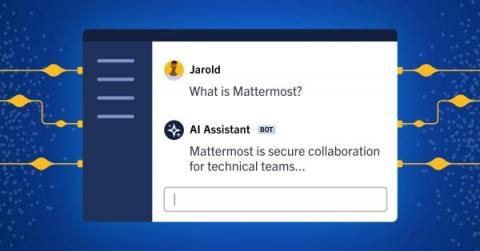Why should every organization invest in cybersecurity software?
In today’s digital age, organizations across industries are increasingly reliant on technology for their operations, communication, and data management. While this technological advancement is no doubt beneficial, it also brings with it a heightened risk of cyber threats and attacks. From data breaches and ransomware attacks to intellectual property theft and financial fraud, the consequences of a cybersecurity breach can be devastating for any organization.











